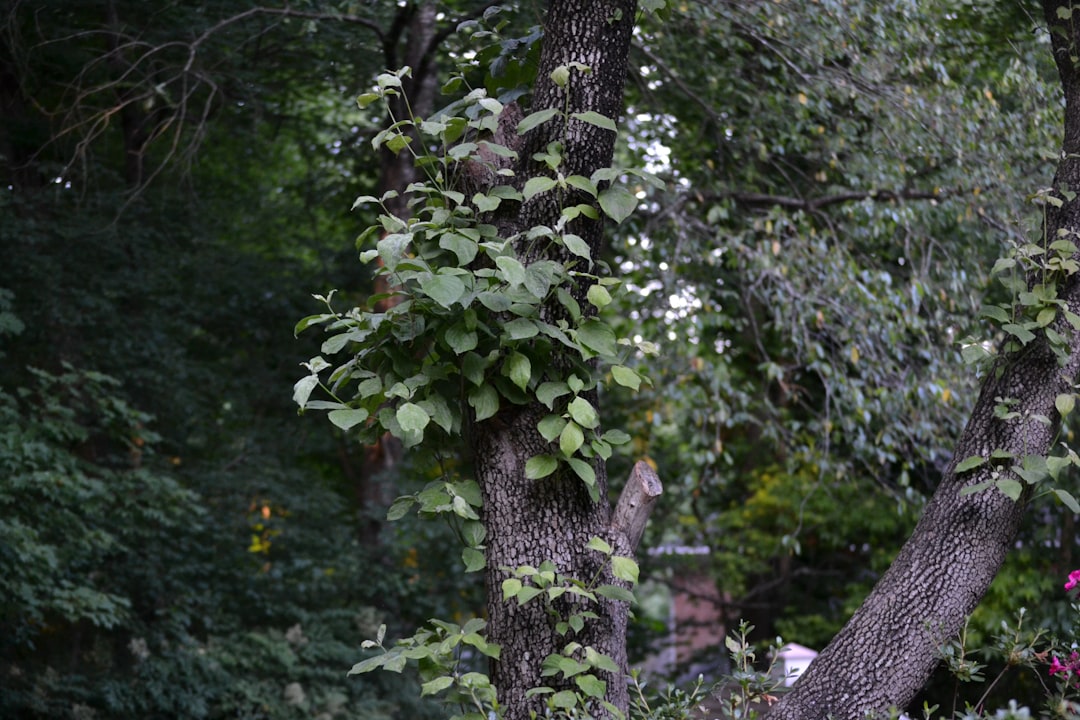The Hidden Gem of Shady Gardens: Deadnettle

When it comes to gardening, finding the perfect plant that thrives in various conditions and adds a touch of beauty to a shady corner can be a challenge. However, there is one plant that stands out - Deadnettle. This remarkable perennial is not only easy to grow but also brings a wealth of interest to any garden with its colorful foliage and long - blooming flowers.
Deadnettle, scientifically known as Lamium, belongs to the mint family. It is a genus of about 40 species of annuals and perennials. One of the most appealing aspects of Deadnettle is its adaptability. It can grow in a wide range of soil types, from well - drained to moist soils. Whether your garden has sandy, loamy, or clay soil, Deadnettle will find a way to thrive. This makes it an ideal choice for gardeners who have different soil conditions in their yards.
In terms of light requirements, Deadnettle is a true champion for shady areas. While many plants struggle to grow in low - light conditions, Deadnettle flourishes. It can tolerate full shade, making it perfect for those corners of your garden that receive little to no direct sunlight. This is especially useful for gardens with large trees or buildings that cast long shadows. You can transform those otherwise dull and underutilized shady spots into vibrant and beautiful areas with the addition of Deadnettle.
The foliage of Deadnettle is a sight to behold. It comes in a variety of colors, including silver, green, and purple. The leaves are often variegated, which means they have different colors or patterns on them. This variegation adds an extra layer of visual interest to the plant. Some varieties have leaves with a silver sheen that seems to glow in the shade, creating a magical effect in the garden. The foliage remains attractive throughout the growing season, even when the plant is not in bloom.
But perhaps the most captivating feature of Deadnettle is its flowers. The flowers are tubular in shape and come in a range of colors, such as pink, purple, and white. They bloom from late spring to early fall, providing a long - lasting display of color in the garden. The flowers are also a favorite among pollinators, such as bees and butterflies. By planting Deadnettle in your garden, you are not only adding beauty but also supporting the local ecosystem.
When it comes to planting Deadnettle, it is a relatively straightforward process. You can start by preparing the soil. Loosen the soil to a depth of about 6 - 8 inches and add some organic matter, such as compost or well - rotted manure. This will improve the soil structure and provide essential nutrients for the plant. Dig a hole that is slightly larger than the root ball of the Deadnettle plant. Place the plant in the hole, making sure that the top of the root ball is level with the soil surface. Backfill the hole with soil and gently firm it around the plant. Water the plant thoroughly after planting to help it establish its roots.
Deadnettle is a low - maintenance plant. It requires regular watering, especially during dry periods, but it is also somewhat drought - tolerant once established. You can fertilize the plant in the spring with a balanced, slow - release fertilizer to promote healthy growth. Pruning is also easy. You can trim back the plant after the first flush of flowers to encourage a second bloom. In the fall, you can cut the plant back to the ground to prepare it for winter.
In conclusion, Deadnettle is a wonderful addition to any flower garden. Its ability to grow in a variety of conditions, its colorful foliage, and long - blooming flowers make it a must - have for gardeners, especially those with shady areas. Whether you are a beginner gardener or an experienced horticulturist, Deadnettle is sure to bring joy and beauty to your outdoor space for many years to come.